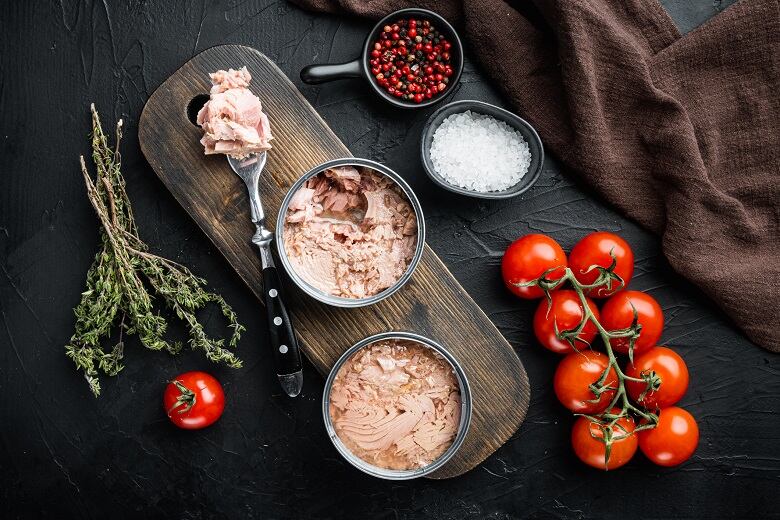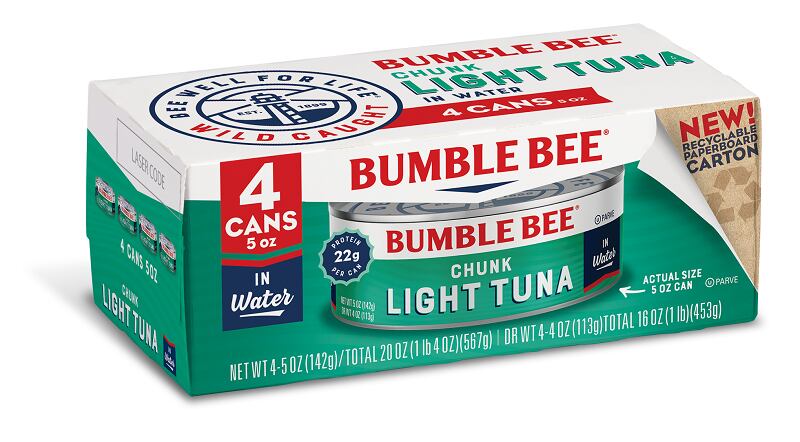While last year’s numbers build on “an earlier spike in market share for shelf-stable seafood during the pandemic,” and after a bit of a dip in growth, the category is on the move again, she added.
Younger consumers help grow the category
The canned seafood market's growth comes from an unlikely consumer base – younger consumers – for several reasons, Eliyahu explained.
Younger consumers gained familiarity with these products and how to use them in the kitchen during the pandemic, and now through YouTube and TikTok videos, Eliyahu said. Given today’s high inflation rates, these consumers also are turning to canned seafood, as they are “more affordable compared to fresh seafood or even chilled or frozen seafood," she added.
“Yes, we can say TikTok is responsible, but actually, the trend started during the pandemic, and what we're seeing now is consumers that are a lot more adaptive to market conditions and a lot more versatile … in the kitchen.”
Canned seafood leaders, private labels driving growth
Though several niche canned seafood brands have entered the market, Eliyahu noted that large players Bumble Bee Tuna, StarKist, and Chicken of the Sea remain the market leaders with artisanal canned seafood brands only “account for about 11% of the market total,” and Euromonitor “[doesn’t] actually see those small players being a driving force,” she explained.
The types of canned seafood products resonating with US consumers include canned sardines and tuna, Eliyahu said. But on the innovation front, brands are incorporating more herbs, spice, and flavors, including things like sriracha and Mediterranean blends, she pointed out.
While artisanal canned seafood isn’t making much of a splash in the category, private label market share increased slightly from 12.9% as of Jan. 1, 2020, to 13.9% on Dec. 31, 2022, Eliyahu shared. Also, consumers might be turning to those store-branded options to save money.
Chicken of the Sea rebrands
Amid this growth, Chicken of the Sea is revamping its branding to try and win over younger consumers and more of the market share.
Last week, Chicken of the Sea shared that it was giving its mascot Catalina a “head-to-fin makeover” and will be using “Wild-Caught Happiness” as its new campaign tagline. To support the rebrand, Chicken of the Seas is asking consumers to send them “scientific evidence in the form of unaltered video proof of a real-life mermaid,” which will be evaluated by its “mermaid expert,” for a chance to win $1m.
“It makes sense that [Chicken of the Sea] would try to create an on-ramp for younger consumers with rebranding,” as it is “not as secure in its position.” Chicken of the Sea has “about 10% of the market share,” while StarKist and Bumble Bee have 33% and 25.5%, respectively.
Chicken of the Sea's rebrand follows a 2020 makeover for Bumble Bee, which included a modern, cleaner look to help it pop more on shelf, and a slew of new products aimed at expanding the brand's consumer base and usuage occassions.
Is canned seafood seeing a rising tide in 2023?
Sales of canned seafood, and canned goods more broadly, likely will continue to rise in 2023 as the economy continues to constrict, Eliyahu explained.
"As long as we see recessionary symptoms in our economy, and we see consumers trying to stretch their dollar, we will see growth in canned fish; we will see growth in canned vegetables; we will see growth in every staple that actually has a very long shelf life. And so, it becomes more affordable and more sustainable to young consumers that are suffering from these inflationary crisis prices; they're not affluent enough to afford something else."



